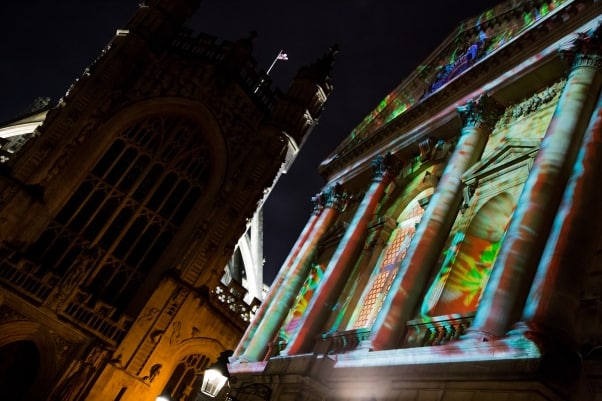
By Hamish Johnston
The take-home message from this week’s Red Folder is that “Scientists just discovered why all pop music sounds exactly the same”, at least according to an article on Music.Mic. The report describes a paper published in PLOS ONE by Stefan Thurner – a physicist at the Santa Fe Institute – and colleagues at the Medical University of Vienna.
The researchers used the online music database Discogs to sort the material on 500,000 albums into 15 musical genres and 374 subgenres. You can see examples of some of the subgenres in the above image. They discovered that as a genre of music becomes more popular, it becomes less complex as all its constituent artists and songs start sounding the same. Music.Mic’s Tom Barnes explains in his article how this ties in with various trends in the music industry, where he says “uniformity sells”.
Never known to willingly conform, the acerbic British author Will Self has walked around the entire circumference of the Large Hadron Collider (LHC) at CERN in Geneva. While he spent most of his time above ground, he did descend into the tunnels occasionally with his guide, the British physicist Akram Khan. Self’s aim was to try to “feel the wonder” that has compelled physicists to build such a gargantuan collider and BBC radio has just broadcast a series of five travelogues chronicling his trek.
It was a hard 50 km slog for Self and a third of the way around the LHC he realizes that after seeing experiments and talking to physicists, “All I can wonder at is my own ignorance.” The series is called Self Orbits CERN and it is extremely funny – although sometimes at the expense of the hapless physicists who try to help Self feel the wonder.
Elsewhere on the BBC website, the actor Gillian Anderson – best known as Scully in the television series The X Files – narrates “The Big Bang”. This is a short clip from a longer piece that will be broadcast next week as part of the BBC’s A History of Ideas series on the origins of the universe.

The lovely city of Bath is a mere 13 miles from Physics World headquarters and yesterday my colleague James Dacey was there to take in Illuminate 2015, which is part of the worldwide celebrations of the International Year of Light. As well as admiring the various installations, which include the projection of 3D images onto a building in Bath’s famous Abbey Churchyard, Dacey also recorded video interviews with several people involved with the event. Stay tuned next week for much more about the illuminations.



